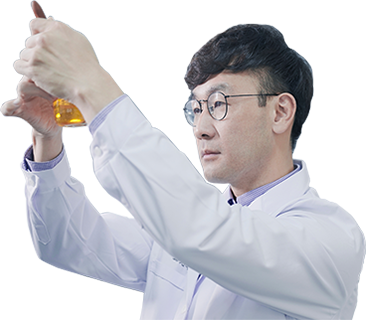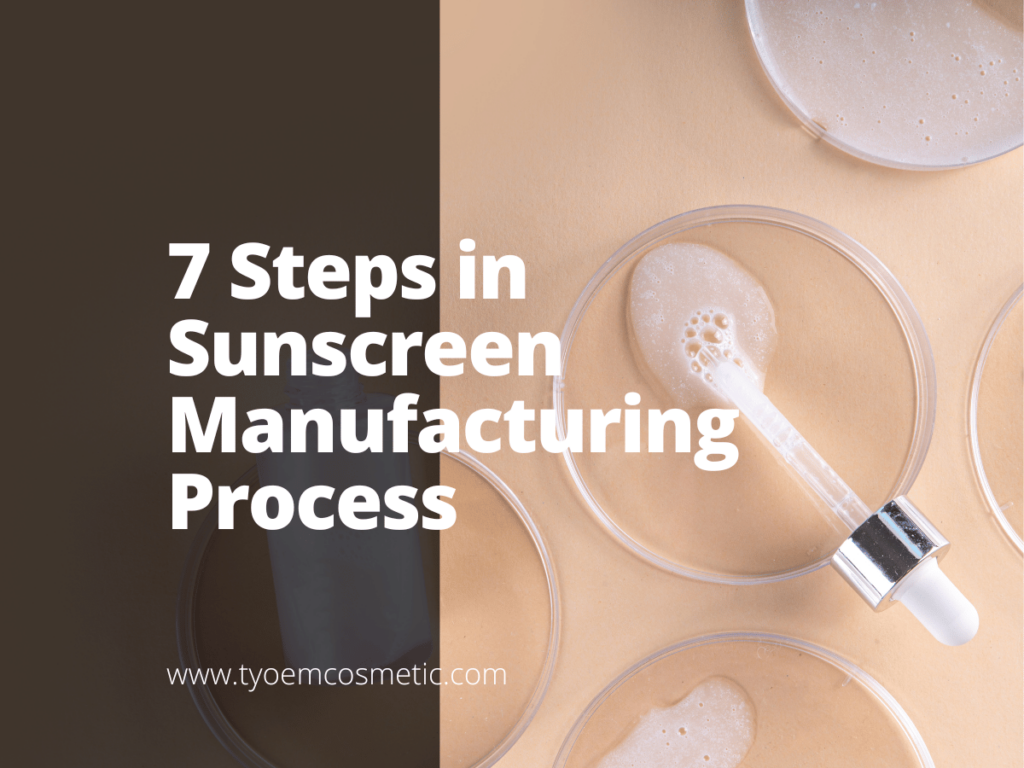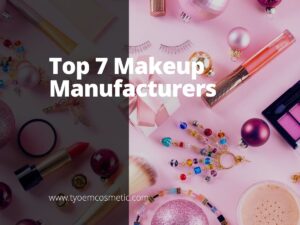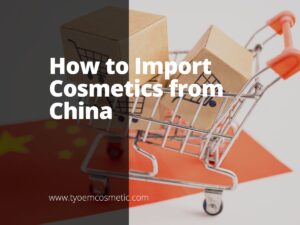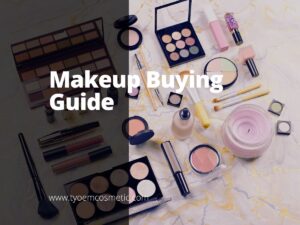I’ve helped countless brands find their perfect formula, and I still get excited every time I see sunscreen start to come together.
So, watching that first batch of sunscreen blend into a silky lotion felt like seeing a business opportunity come to life.
I’m a formulation expert who’s spent years helping companies like yours perfect their sunscreen manufacturing process.
That’s why you can trust this guide. I’ve seen what works, what doesn’t, and how to avoid costly missteps.
This article will give you a practical look at the 7 essential steps in sunscreen manufacturing, ensuring you’re ready to move forward with confidence.
You’re here to learn, and I’ll make sure you leave knowing exactly how it all comes together.
Curious how your next product can shine?
Let’s get started!
Quick Process Chart
Are you working on bringing a sunscreen product to market and want to make sure you’re covering every base? This comprehensive process chart breaks down the 7 essential steps in the sunscreen manufacturing journey.
| Step | Key Tasks | Who’s Responsible | Outcome |
| Step 1: Formulation | Develop and test formula, ensure compatibility | R&D, Formulation scientists | Finalized, approved formula |
| Step 2: Sourcing | Source, verify, prep, and store raw materials | Procurement, Quality control | Safe, ready-to-use ingredients |
| Step 3: Lab Testing | Test SPF, safety, allergens, and effectiveness | Lab techs, Regulatory teams | Validated, safe product |
| Step 4: Production | Mix, emulsify, homogenize, and stabilize | Production staff, Engineers | Stable emulsion with required performance |
| Step 5: Packaging | Fill, seal, label, ensure traceability | Packaging team, Compliance officers | Properly packaged and labeled units |
| Step 6: Inspection & Release | Inspect, test, document, approve or reject | Quality control, Documentation team | Market-ready, compliant product batches |
| Step 7: Shipment & Storage | Pack, track, store properly, manage delivery | Logistics, Warehouse team | Products shipped safely in good condition |
If you want to dive deeper into each of these steps and learn how to optimize them for your business, read the full guide below! Let me know if you’d like me to customize this chart even further or create a downloadable version.
Step#1 Formulation and Development
This is where the sunscreen magic starts to take shape. I’ve seen firsthand how getting this step right can make all the difference for your business.
Don’t rush it. Take your time and make sure every choice aligns with your goals.
Here’s what you’ll want to focus on at this stage:
Start with a Strong Foundation
- Craft the Base Formula: Start by selecting ingredients that create a smooth, luxurious base for your sunscreen. Pay attention to how the product feels and how it spreads on skin.
- Adjust Active Ingredients: You’ll need to balance the SPF level you want with the right mix of UV filters. Make sure these adjustments meet both performance and regulatory standards.
Refine and Finalize
- Evaluate Texture and Stability: Check how the formula holds up over time and under different conditions. This will help you avoid costly reformulations later on.
- Test for Skin Compatibility: It’s important to make sure your sunscreen is gentle and won’t irritate skin. Conduct tests to catch any potential issues early.
- Finalize the Approved Formula: Bring everything together into a finished formula that meets all your safety and performance criteria. This version will be your starting point for moving on to production.
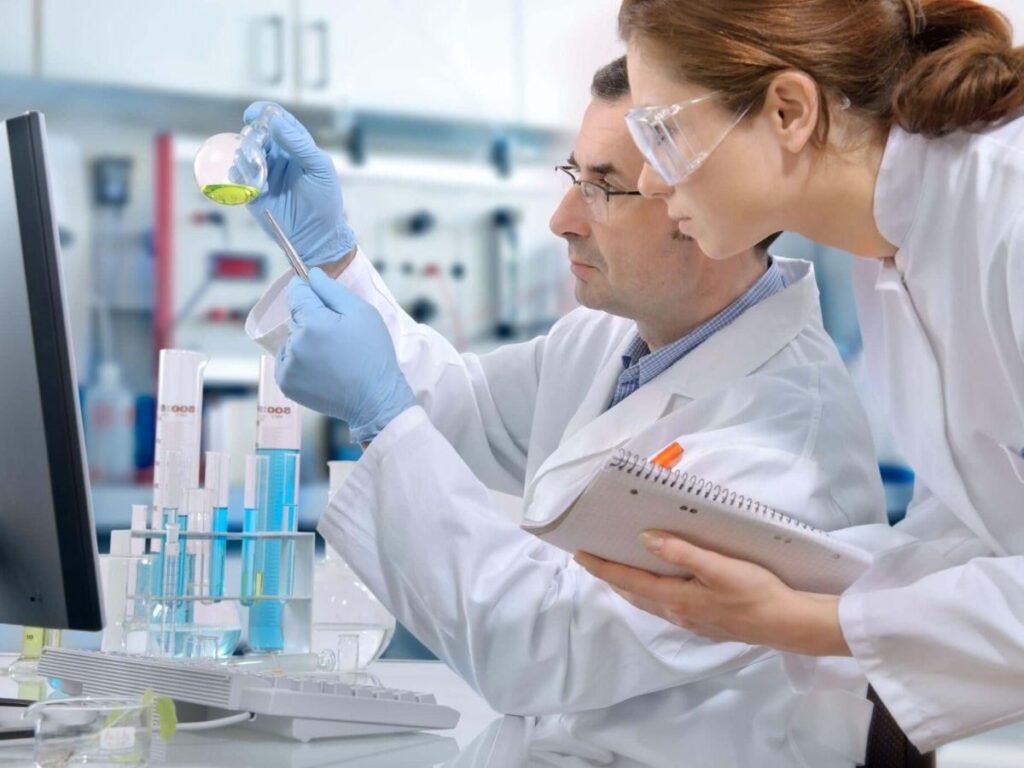
Step#2 Raw Materials Sourcing and Preparation
This step is all about getting the building blocks right.
In my work with sunscreen brands, I’ve seen how crucial it is to source only the best, most reliable ingredients. Quality here sets the tone for everything that follows.
Here’s how you can make sure you’re setting yourself up for success:
Secure and Verify Your Ingredients
- Source High-Quality Ingredients: Find suppliers who can provide consistent, high-grade materials for your sunscreen. You’re aiming for purity and reliability to protect your customers.
- Verify Supplier Certifications: Don’t just take their word for it—ask for certifications that prove compliance with safety and quality standards. This keeps your business protected and your product trusted.
- Pre-Process Raw Materials: Make sure your raw ingredients are handled and processed properly before production. This is where you clean, filter, or adjust them to meet your specs.
Prepare for a Smooth Production Run
- Check for Contaminants: Testing at this stage can catch contamination issues before they ruin a full batch. It’s a simple step that can save you headaches later.
- Store in Proper Conditions: Keep your materials in climate-controlled, organized storage to maintain their quality. Temperature and humidity can make a big difference for sensitive ingredients.
- Prepare Batches for Production: Once everything is clean and ready, portion out your raw materials into batches that meet your manufacturing plan. Accuracy here saves time and money down the line.
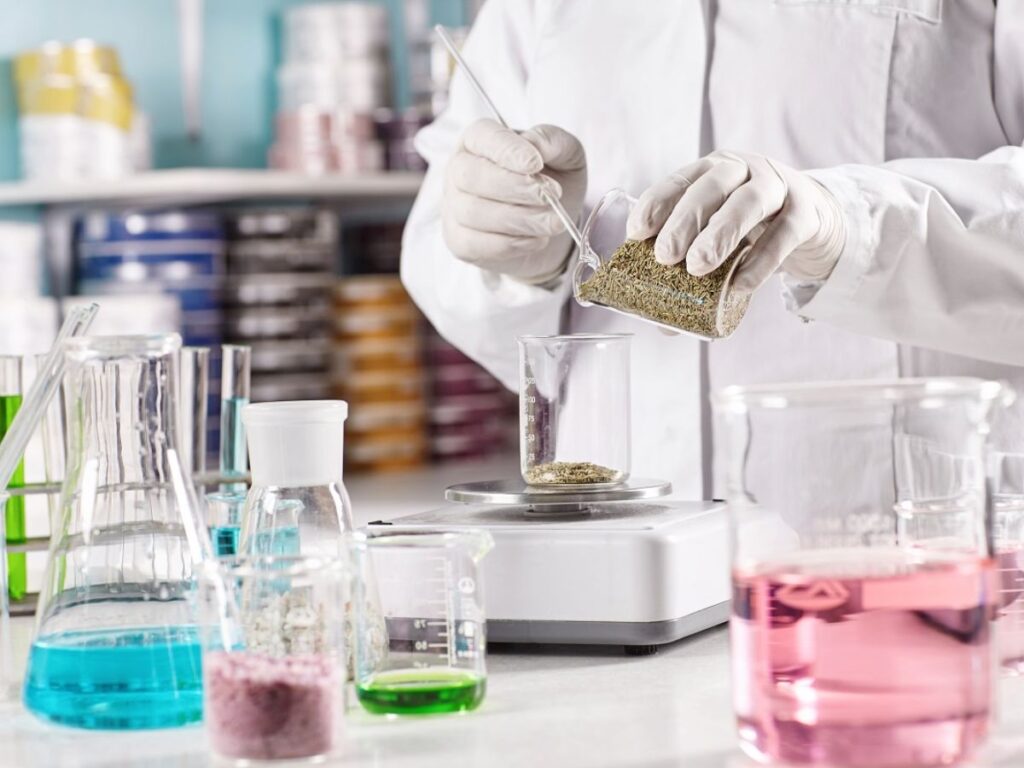
Step#3 Lab Testing and Validation
I’ve seen how this stage can make or break a product’s reputation. Lab testing isn’t just a formality, it’s your chance to prove your sunscreen delivers exactly what you promise.
Take this step seriously to keep your customers safe and your brand strong.
Here’s how to approach it:
Focus on Safety and Clean Formulation
- Conduct Microbiological Testing: Check for any bacteria, yeast, or mold that might sneak into your formula. Keeping these out is essential for safe, skin-friendly products.
- Test for SPF Levels: Confirm that your sunscreen really meets the SPF you’re claiming. This keeps you on the right side of regulations and earns customer trust, which is why TY Cosmetic conducts thorough in-house SPF testing to validate every product’s performance before release.
Back Up Your Claims with Real Results
- Check for Allergen Content: Test for any allergens that could cause skin reactions. It’s a small step that shows you care about your customers’ comfort.
- Validate Safety and Effectiveness: Go deeper by testing water resistance, shelf life, and overall safety. When you’re confident here, your customers can be too.
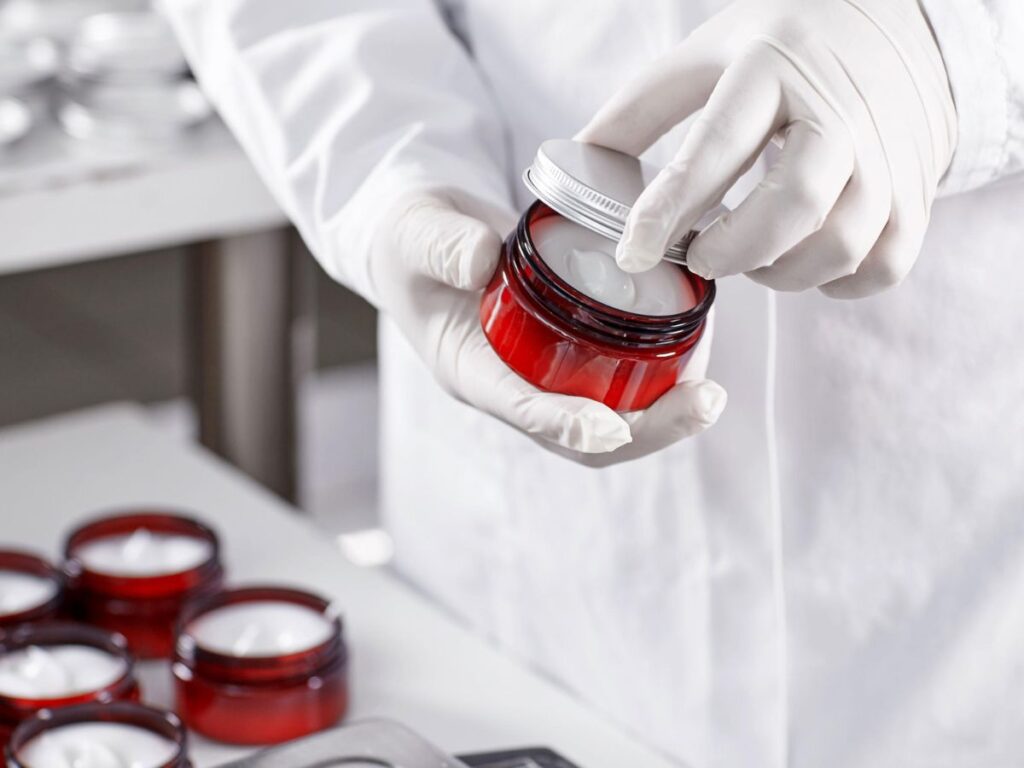
Step#4 Production and Emulsification
I know how exciting it is to see your formula come to life in the factory.
Production isn’t just mixing ingredients, it’s about getting everything just right to ensure consistency and quality. Stay focused and keep your standards high as you bring your sunscreen to life.
Here’s what you should focus on:
Build a Stable Base Through Heating and Mixing
- Heating and Mixing Phases: Start by heating the water and oil phases to the right temperatures. Proper heating makes sure everything blends smoothly and safely.
- Blend Oils and Water Phases: Slowly combine the two phases while mixing continuously. This is key to creating a stable, uniform emulsion that feels good on skin.
Perfect the Formula Before It Cools
- Add Active Sunscreen Agents: Carefully add the UV filters and any other active ingredients. It’s all about even distribution for maximum effectiveness, something TY Cosmetic prioritizes in every batch to ensure consistent protection and performance.
- Homogenize for Smooth Texture: Use high-shear mixing or homogenizing to achieve that silky, luxurious texture. This step ensures your sunscreen feels great and looks professional.
- Cool the Mixture for Stability: Gradually bring the temperature down to lock in the emulsion’s stability. Don’t rush—this step can make or break your final product.
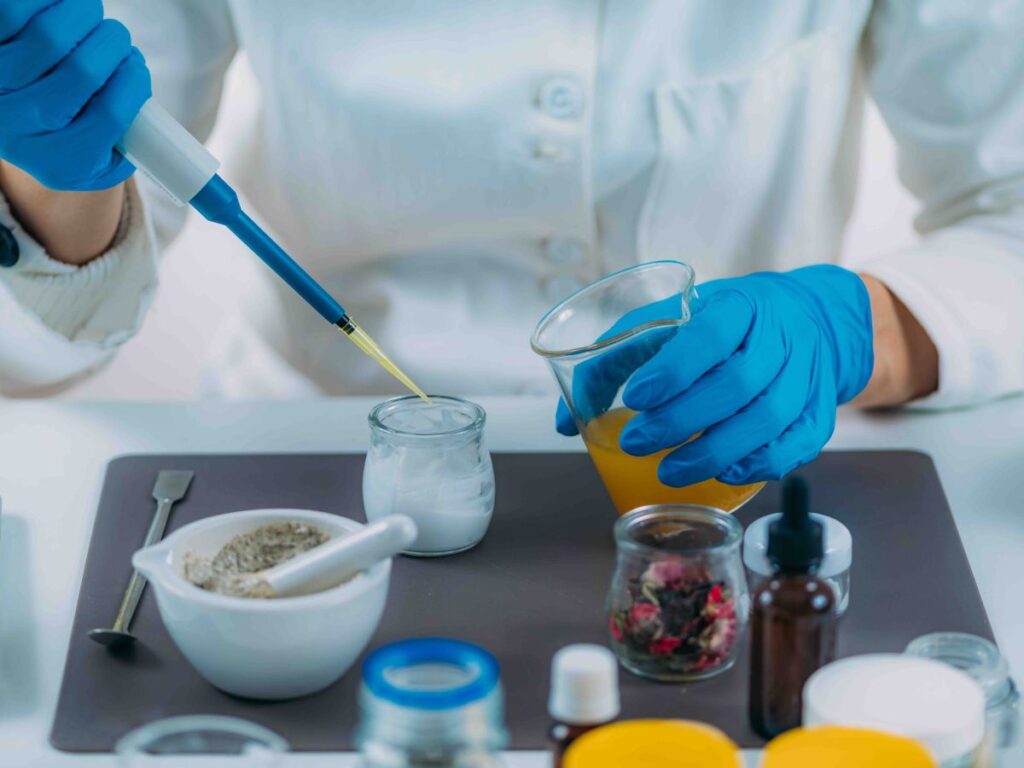
Step#5 Packaging and Labeling
You’re almost there. This step is where your product finally looks ready for the world.
I’ve learned that good packaging and clear labeling don’t just protect your product; they build your brand’s reputation.
Make sure every bottle, tube, or container shows off the quality you’ve worked so hard to create.
Here’s what to handle at this stage:
Protect the Product and Enhance Usability
- Select the Right Container: Choose a packaging option that protects the sunscreen from air and light. It should also be easy for your customers to use, which can set your product apart.
- Fill and Seal Bottles: Fill each container precisely and seal it tightly to prevent leaks. Accuracy here ensures you’re delivering the right amount in every unit.
Build Trust Through Smart Labeling
- Apply Clear, Compliant Labels: Your labels should clearly show the SPF, usage instructions, and required warnings. This not only helps your customers—it also keeps your business compliant.
- Ensure Batch Traceability: Mark every package with batch and lot numbers to make tracking easy. If you ever need to review or recall, this will save you a lot of headaches.
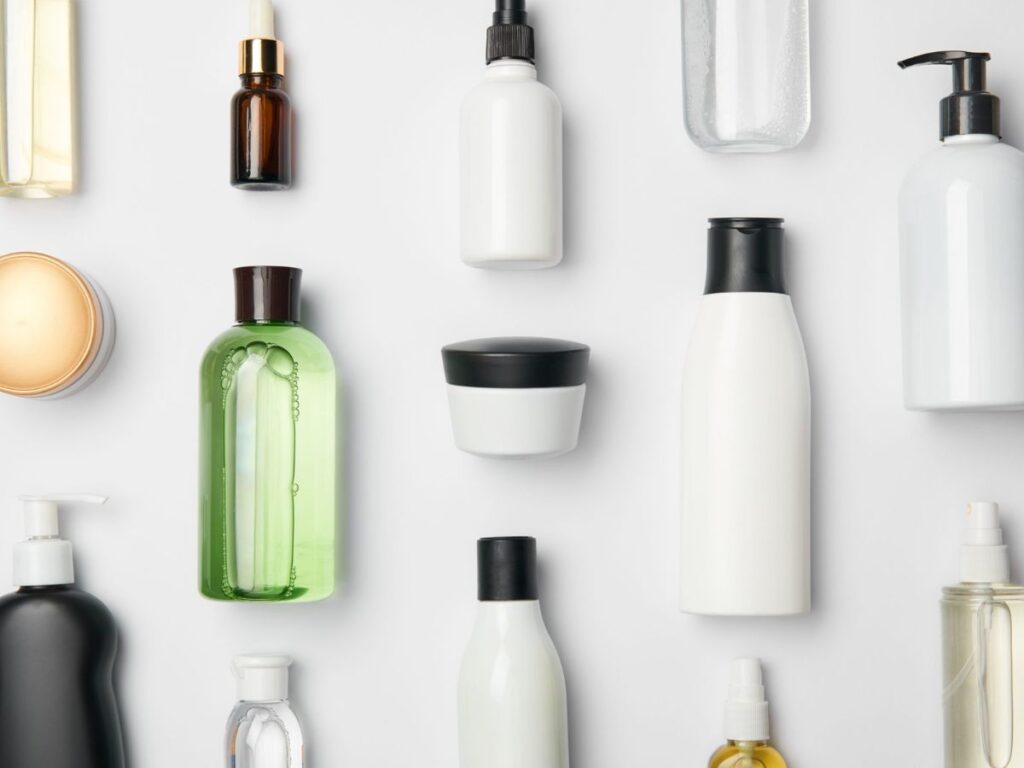
Step#6 Quality Inspection and Release
Now’s the time to make sure everything you’ve created lives up to your high standards.
I’ve seen too many businesses skip this step and pay for it later. It’s worth doing it right. This is where you prove to yourself and your customers that your sunscreen meets every promise you’ve made.
Here’s what to do at this stage:
Examine Every Detail Before Approval
- Visual and Physical Inspection: Check each batch for color, texture, and consistency. A quick look here can catch big problems before they head out the door.
- Microbial Testing of Final Batches: Run microbial tests to confirm the product is free from bacteria or mold. These tests are crucial for safety and compliance.
- Check Weight and Fill Accuracy: Make sure every container has the correct amount of product inside. Customers notice when they’re shorted, and so do regulators.
Document, Decide, and Distribute
- Review Documentation: Go over your paperwork to make sure everything matches up—from batch records to testing logs. Documentation mistakes can be costly.
- Approve or Reject Lots: Only release what meets your standards. Don’t be afraid to reject batches that aren’t perfect—it’s a sign you care about quality.
- Release for Distribution: Once everything’s checked and approved, you’re ready to move your product to the next stage: getting it into your customers’ hands.

Step#7 Shipment and Storage
You’ve done all the hard work, it’s time to get your sunscreen out to the world! I’ve seen how final handling can make a huge difference in keeping your product fresh and reliable.
Treat this last step as seriously as you did the first to ensure you protect all the effort that went into your sunscreen.
Here’s how to do it right:
Protect Your Product During Transit
- Pack Finished Products Safely: Choose packaging materials that keep your sunscreen secure during transit. You want to avoid any damage that could affect quality or appearance.
- Label for Shipping and Tracking: Make sure your boxes have clear labels that make distribution easier. This step helps you track your product and reduce delays or confusion.
Maintain Product Integrity Until Delivery
- Store in Climate-Controlled Areas: Keep your finished products in a controlled environment until they’re shipped out. Temperature and humidity can affect stability if you’re not careful.
- Coordinate Delivery Logistics: Work with reliable carriers and set clear delivery plans. Getting this part right means your sunscreen reaches customers in perfect condition.
Dive Deeper Into Our Resources
Interested in discovering more? Gain instant access to our diverse range of products:
Still haven’t found what you’re looking for? Don’t hesitate to contact us. We’re available around the clock to assist you.
Conclusion
We took that swirling, creamy sunscreen and broke it into 7 clear steps.
From careful formulation to smooth shipping, you’ve got the roadmap you need. You don’t have to wait. Start now, don’t let uncertainty slow you down.
I’ve seen brands like yours succeed. I know you can do it too.
What’s your first step going to be?
Contact TY Cosmetic today to turn your sunscreen idea into a trusted product!

